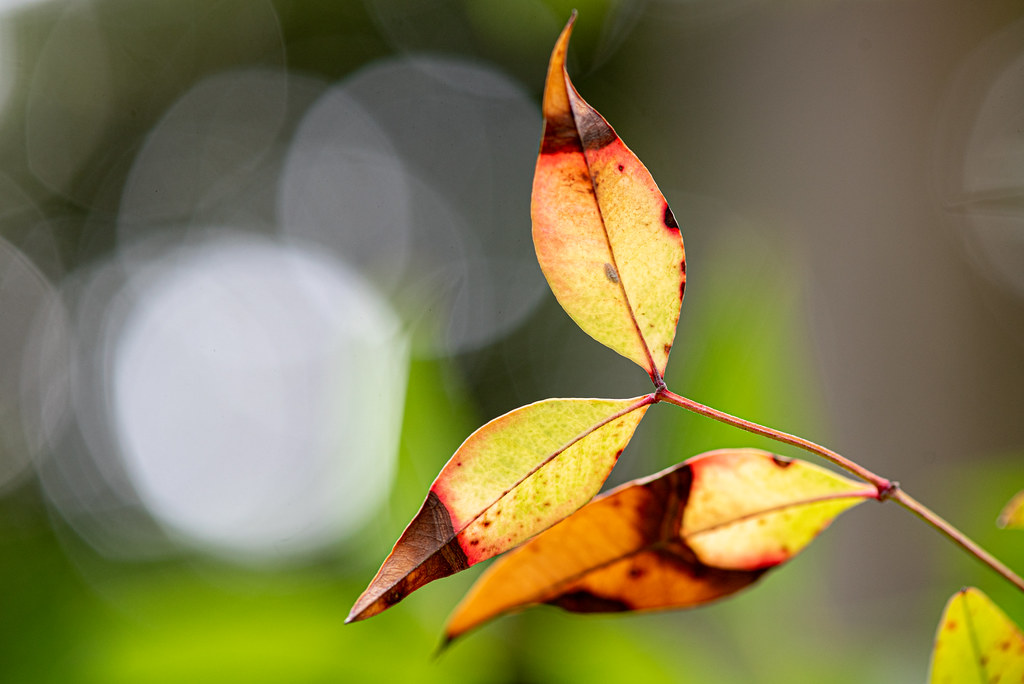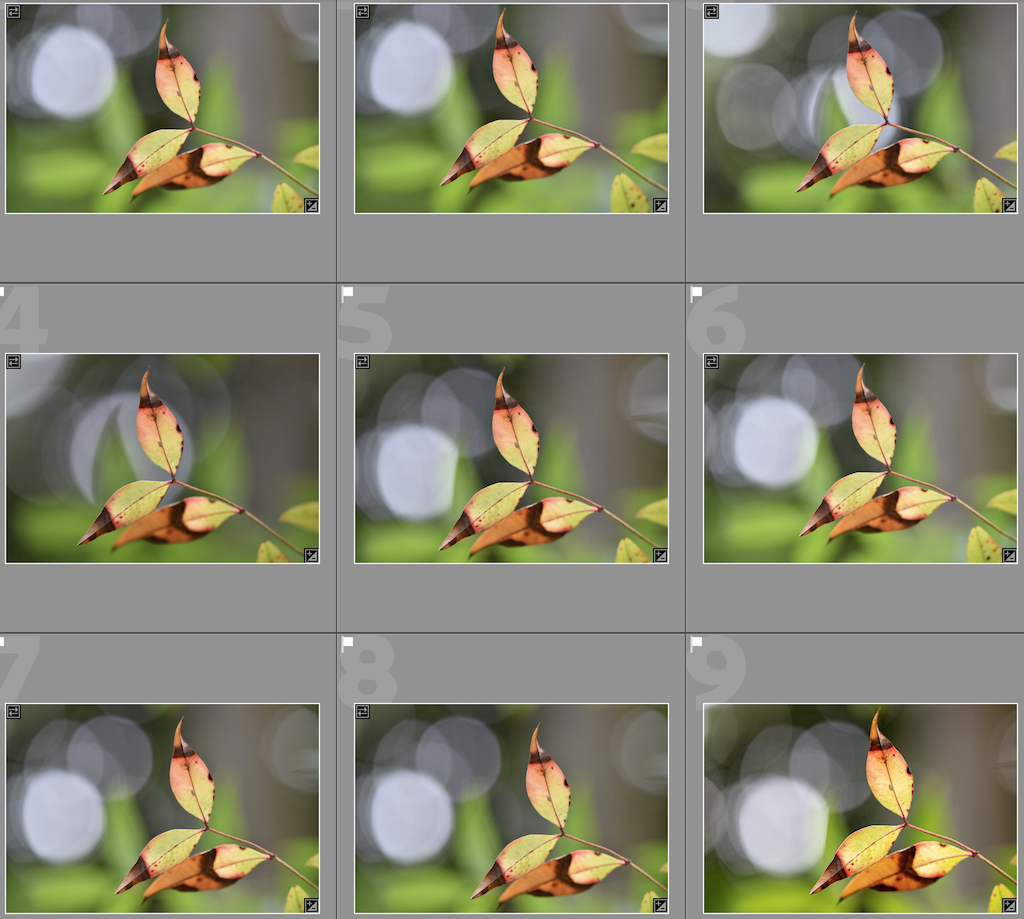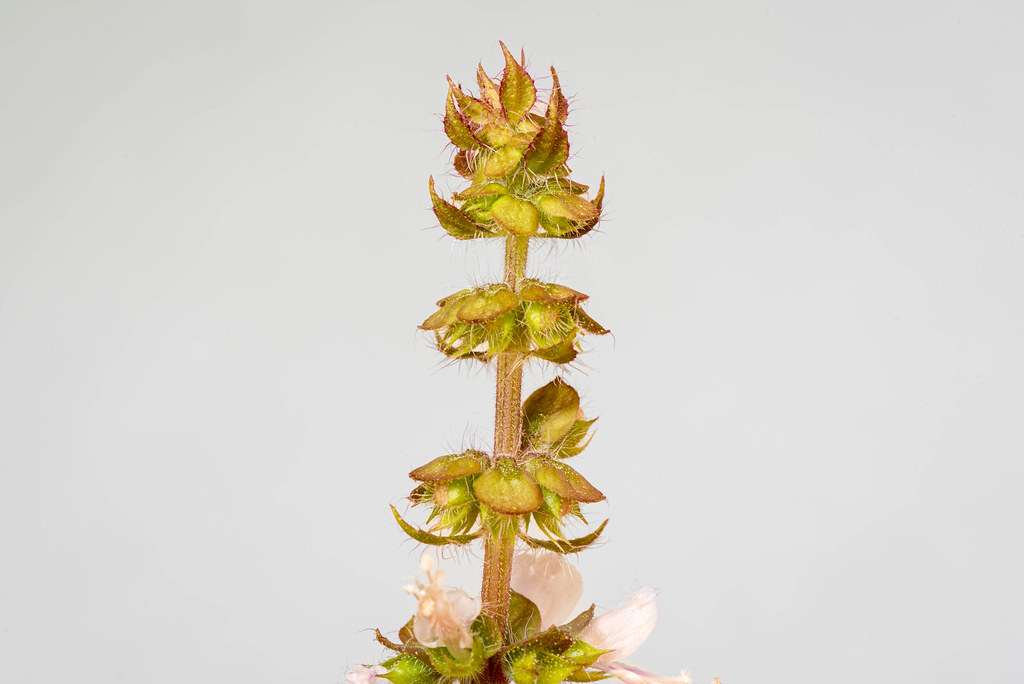
Before I get too far into this post, a reminder for anyone who is new here: I don’t really do abstract photography. I’m not one for making the viewer guess at my intentions or come up with their own deep interpretations of my work, or anything like that at all. I just like to take pictures of things I find interesting, whatever they happen to be, and hopefully learn a few things along the way so I can share those things with others. All you are seeing here is the result of that thought process: nothing more, nothing less. However, having said all that, feel free to draw meaning or create your own interpretations of this picture all you want. I don’t mind at all, but just know that’s not really the point of Weekly Fifty 📷
So what is this? I’m not exactly sure, to be honest. It’s some kind of trinket or party favor that one of my kids brought home from school. It’s about one inch wide, made from some kind of thin metal, and I think the idea is that you slip it on your finger, almost like a flexible ring, and then you have something cool to show your friends in the third grade. Whatever it is, and however it got to our kitchen counter, doesn’t really matter here. What does matter is that I thought it would make for a fun macro photo, and while I’m not sure I was entirely correct on that point, it was cool to experiment a bit and see what happened.
To get this shot I put this torus thingey on my iPad in order to get a clean surface with a nice-looking reflection, and then angled the iPad such that the shadow being cast was from top to bottom and not side to side. Then I put my D750 and 105mm f/2.8 macro lens on a tripod, set the ISO to 100, adjusted the aperture to f/16, and took a few shots. Even at f/16 the depth of field here is astoundingly thin, and a good reminder to me of something I keep learning over and over and over: macro is a whole different beast compared to normal photography. This shot required a four-second exposure in the middle of the day! In the end I don’t know that this is one of my favorite pictures ever–far from it, in fact. It was just a fun little experiment and, more importantly, gave me some interesting ideas to think about down the road.




